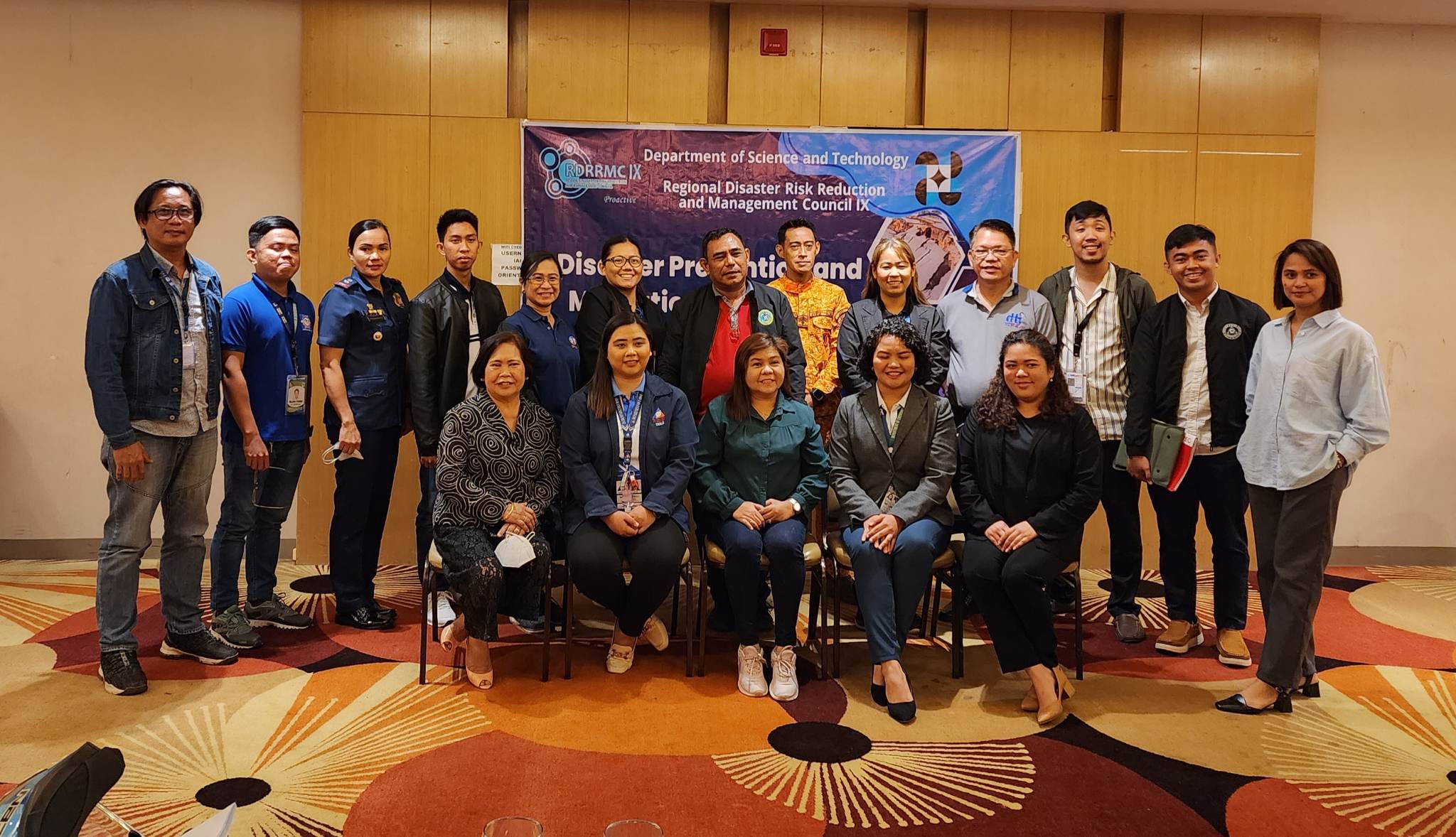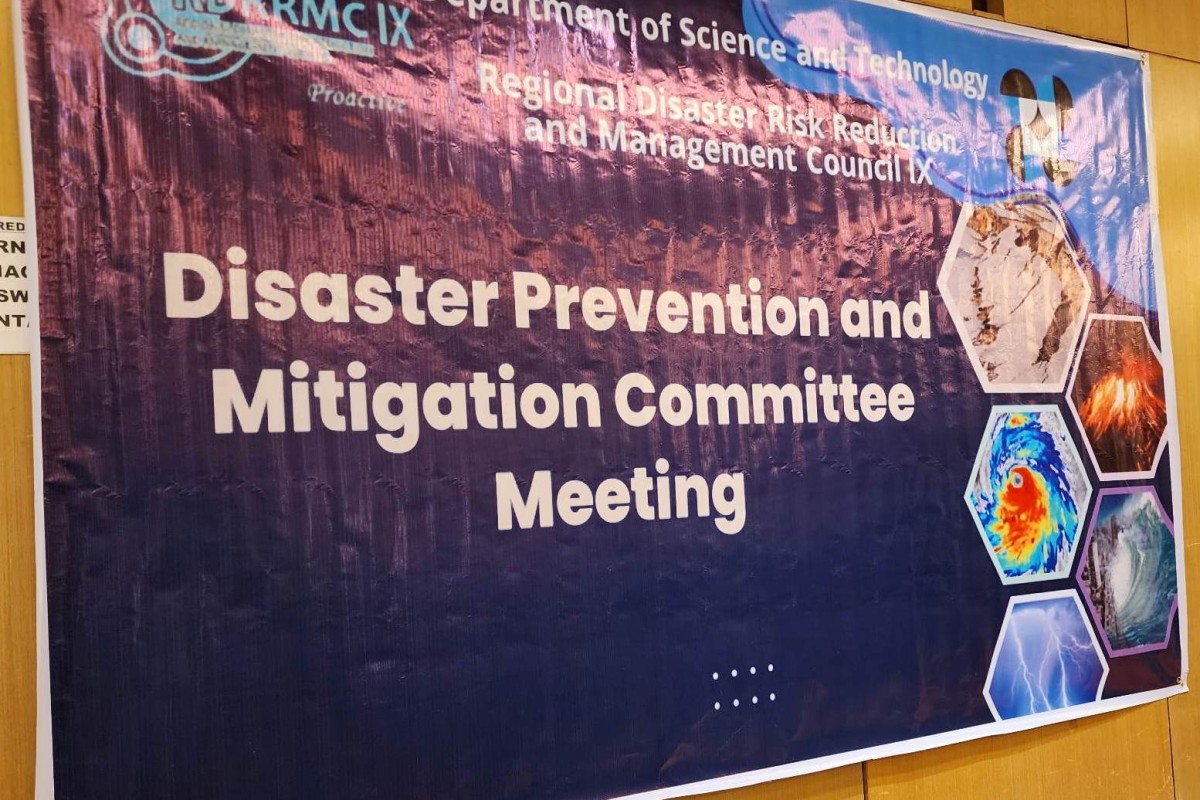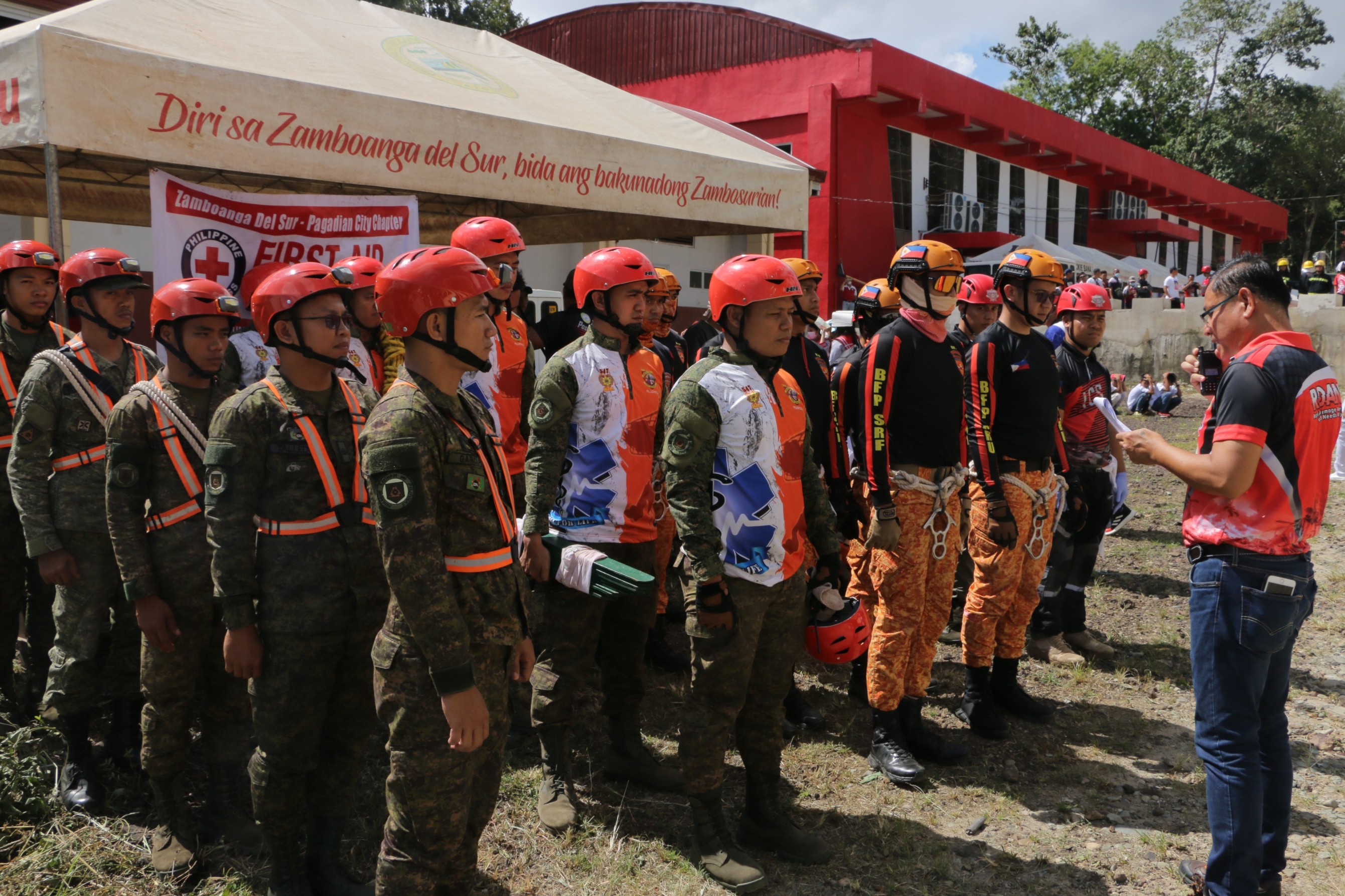ZAMBOANG CITY, 08 June (PIA) – The regional committee on disaster prevention and mitigation is encouraging local government units to utilize the data and information provided by government agencies to map their disaster preparedness plans.
During the second quarter meeting of the Disaster Prevention and Mitigation Committee (DPMC), the Department of Science and Technology (DOST)-IX said that key government agencies have updated and available data and information, like hazard maps, figures, forecasts, and other disaster-related data ready for utilization by local government units, most especially.
“Government agencies have the data and we hope and highly encourage our local government units and other organizations to use these data to prepare for and mitigate disasters and save lives,” said presiding officer Thelma E. Diego, DOST-IX Supervising SRS.
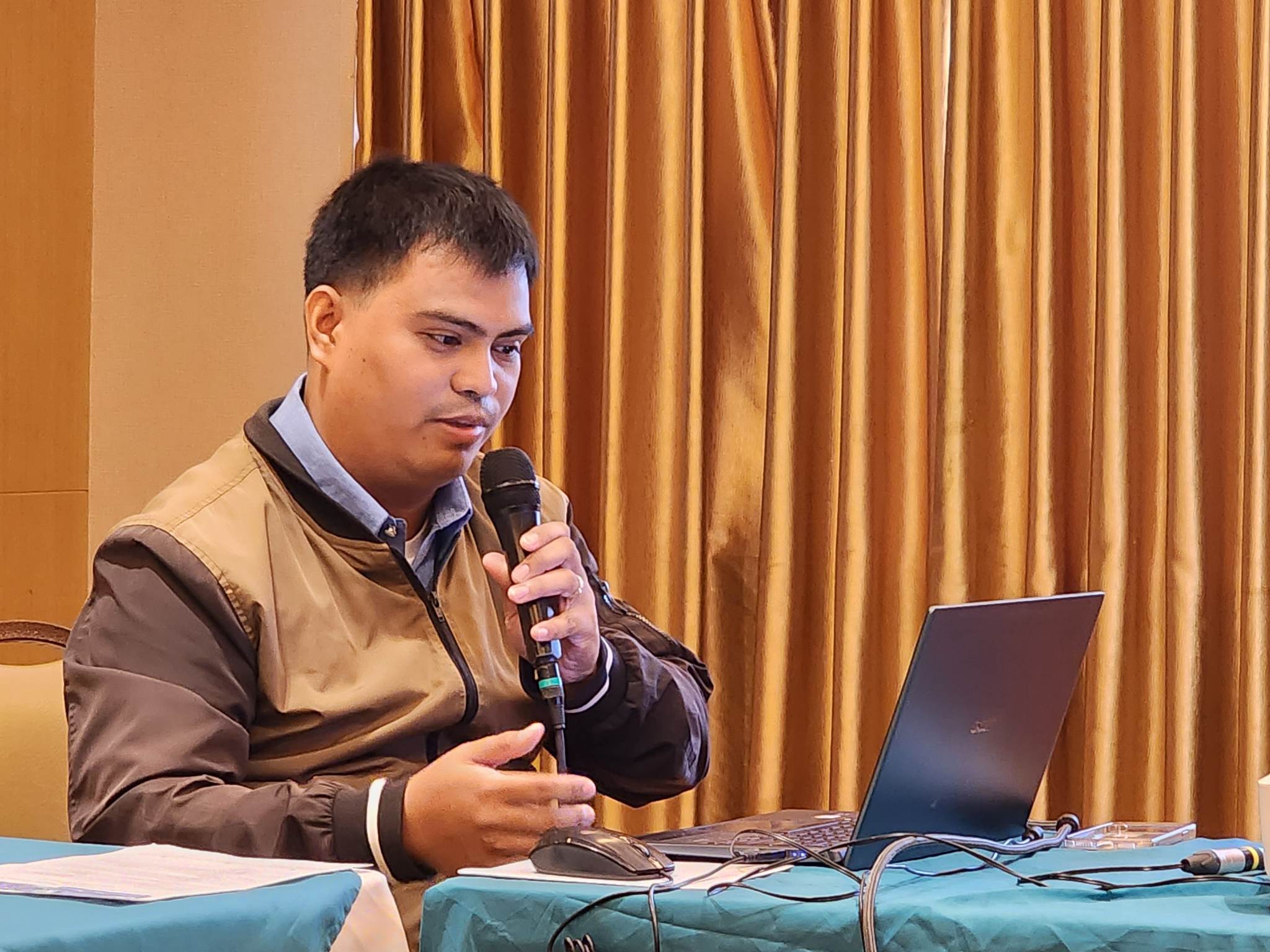
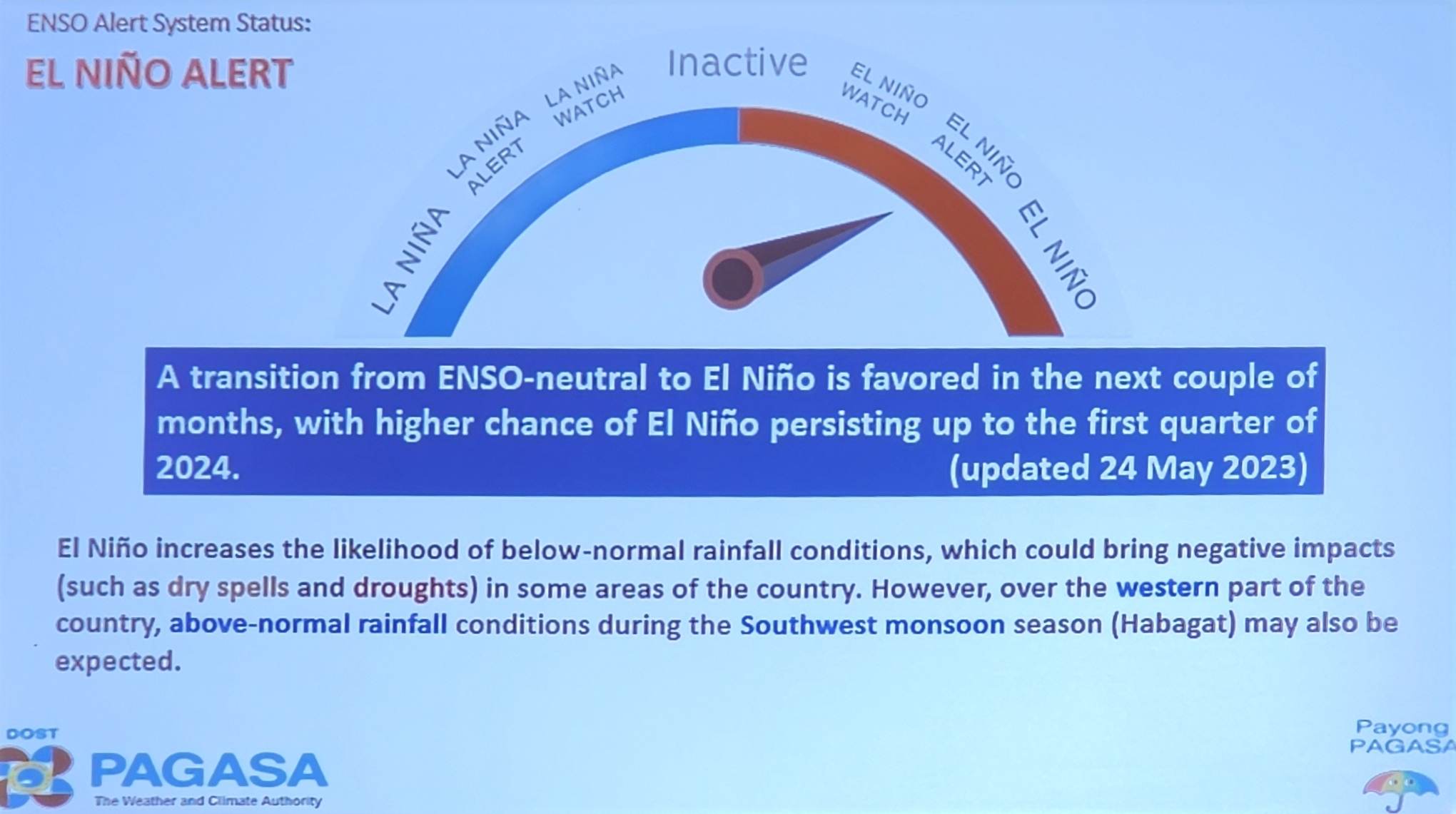
The Philippine Atmospheric, Geophysical and Astronomical Services Administration has presented the climate outlook for the year and presented that Zamboanga Peninsula may experience unusual weather events with La Niña at one point and El Niño on the other.
Rodel Inclan of PAGASA-9 said that a transition from ENSO-neutral to El Niño is favored in the next couple of months, with higher chance of El Niño persisting up to the first quarter of 2024.
“El Niño increases the likelihood of below-normal rainfall conditions, which could bring negative impacts (such as dry spell and droughts) in some areas of the country. However, over the western part of the country, above normal rainfall condition during the Southwest monsoon season (Habagat) may also be expected,” Inclan said.
With this observed weather condition in the coming months, the members of the DPMC discussed on various concerns that local governments and agencies must prepare for the impact of the extreme weather events, like possible flooding and landslides. The dredging of canals, sewerages, streams, and rivers is highly recommended, while there are ongoing infrastructure projects around the city of Zamboanga in particular and other proposed flood control projects are still in the works.
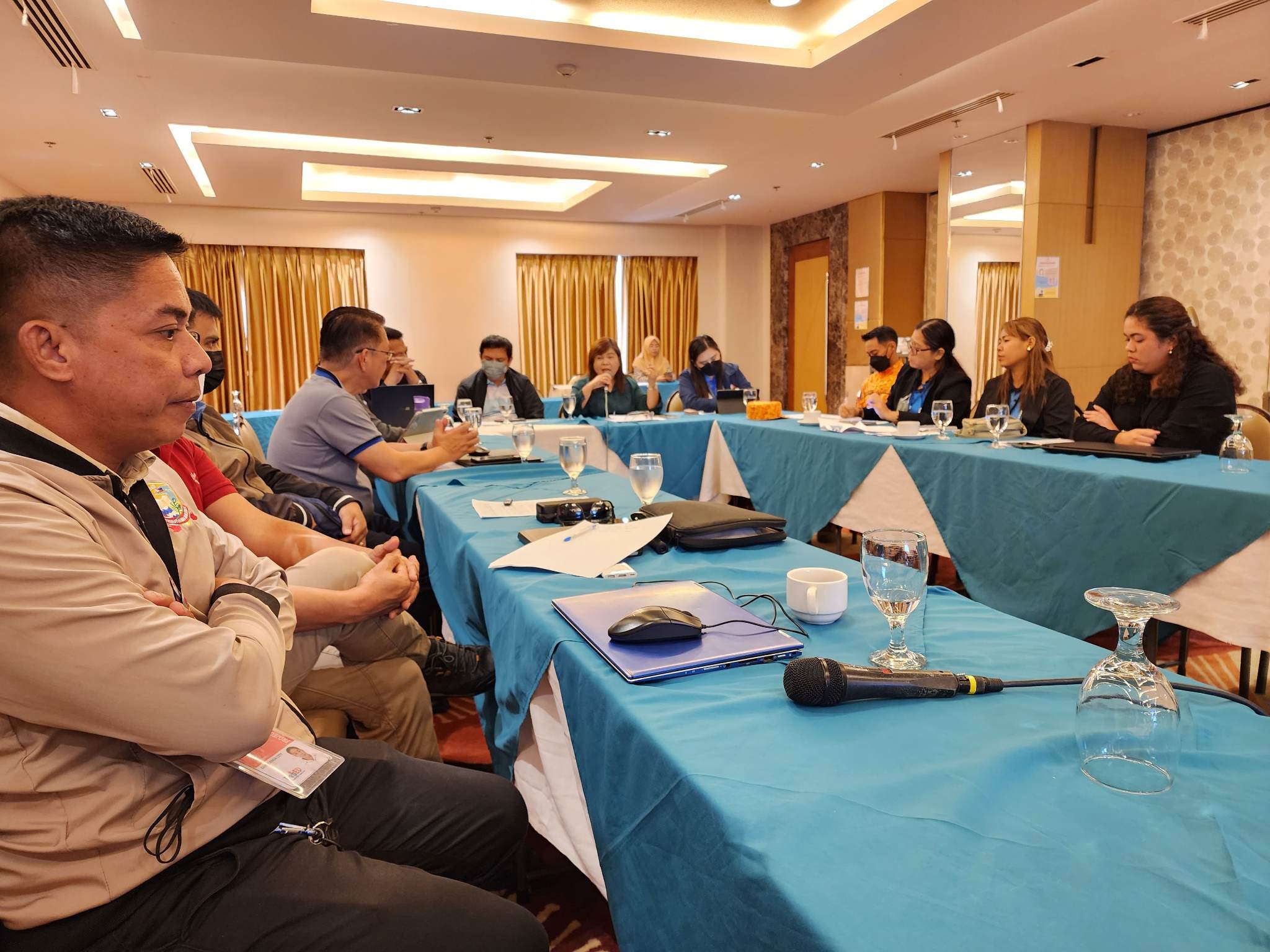
Meanwhile, Engineer Allan Labayog of the Philippine Institute of Volcanology and Seismology (PHIVOLCS)-9 reported that the three earthquakes felt in Zamboanga City proper recently should remind the public of an existing faults underground the highly urbanized city, which may be natural. But what is concerning for PhiVolcS is the recorded recent cluster shaking that also occurred off the coast of Siocon shoreline, the area with a history of devastating decade-old 7.5 magnitude earthquake.
“If history repeats, a destructive tsunami will reach the shores only within five minutes. One could imagine, how it is when your kids are in school and you are at work when an earthquake occur. We are not prepared,” he said.
The information provided has reminded government agencies to generate more information and researches on how to prepare better more for extreme events and check the readiness of organizations, businesses, critical infrastructures, and communities for any eventualities. (EDT/RVC/PIA9-Zamboanga City)
